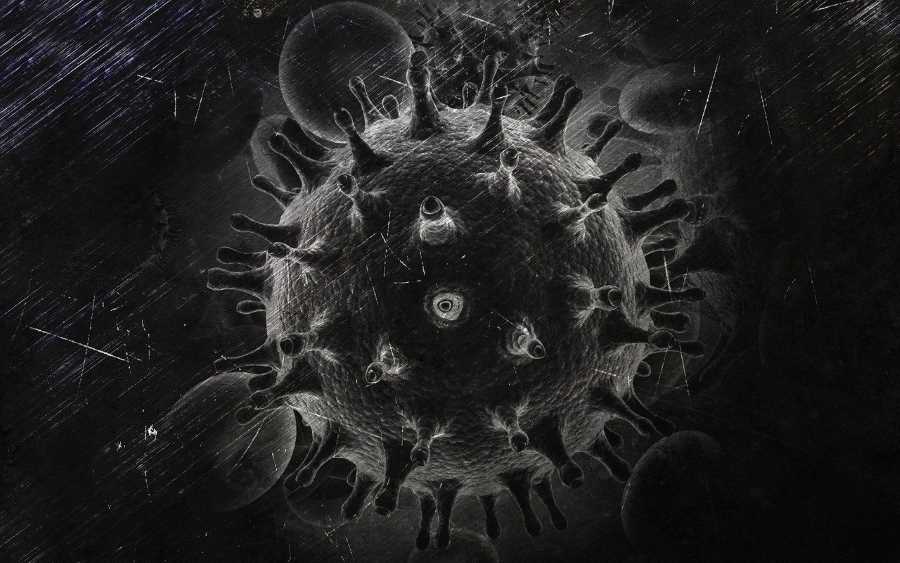Advances and Challenges in the Fight Against HIV/AIDS
Expert highlights progress in HIV/AIDS treatment, making it a chronic, manageable condition. Challenges include unequal access. Mexico aims for 90-90-90 targets by 2025, eyeing virus elimination by 2030. On World AIDS Day, he emphasizes testing and prevention.

On the 42nd anniversary of the discovery of Acquired Immunodeficiency Syndrome (AIDS), the landscape of HIV/AIDS has evolved significantly. Roberto Vázquez Campuzano, an esteemed academic at the Department of Microbiology and Parasitology of the UNAM School of Medicine, sheds light on the current state of the epidemic and the progress made in its management.
Vázquez Campuzano emphasizes a paradigm shift in the approach to HIV/AIDS, where access to antiretroviral treatment has transformed the disease from a once-debilitating condition into a manageable chronic illness. Those receiving treatment now experience a life expectancy comparable to uninfected individuals. Notably, immunodeficiency is no longer a decisive factor in the progression of the disease, with a functional cure achieved through disciplined medication consumption.




